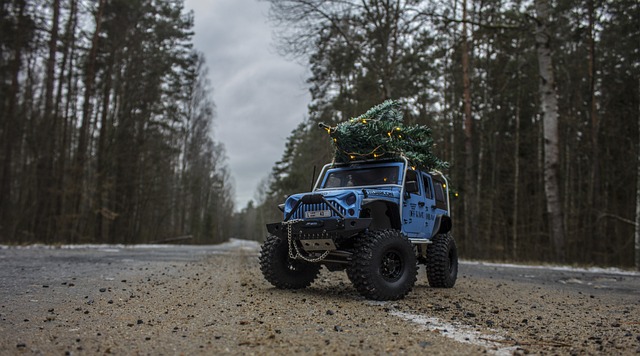Cars have always fascinated enthusiasts with their power, speed, and engineering marvels. While not everyone can afford a full-sized sports car, a miniature world of excitement awaits you in RC cars. Building your custom car can be an incredibly rewarding and enjoyable hobby, allowing you to experience the thrill of customization and engineering firsthand. This article will walk you through creating your custom car, from choosing the right components to assembling and fine-tuning it for optimal performance.
Selecting the Chassis:
The first step in building your custom car is selecting the chassis. The chassis is the frame of your car, and it comes in various designs and materials. Consider factors like the terrain you plan to drive on and the driving you want to do. An off-road buggy chassis may be ideal for off-road adventures, while on-road racing demands a sleeker touring car chassis.
Choosing the Power Source:
Next, you’ll need to choose the power source for your car. You have two primary options: electric or nitro. Electric cars are quieter, easier to maintain, and suitable for beginners, while nitro cars offer a more realistic engine sound and higher top speeds. Make your choice based on your experience level and preference.
Picking the Right Motor and ESC:
The motor and Electronic Speed Controller (ESC) are critical components of your custom car. Electric cars require an electric motor and ESC compatible with the battery you plan to use. For nitro cars, you’ll need to select a suitable engine. Ensure that these components are compatible with your chosen chassis and power source.
Assembling the Suspension:
The suspension system of your car plays a significant role in its performance. Proper suspension ensures stability and control. You must select the right suspension components, such as shock absorbers and springs, based on your chassis type and driving style. Assemble them carefully to ensure proper functioning.
Choosing Wheels and Tires:
Wheels and tires directly impact your car’s traction and handling. Depending on your chosen terrain, you can opt for off-road knobby tires or slick on-road tires. Ensure the wheel size matches your chassis and the tires provide the grip you need for your intended driving style.
Installing the Radio System:
The radio system is what allows you to control your car remotely. Choose a reliable radio transmitter and receiver system with a suitable range. Modern RC systems often include advanced features like adjustable steering and throttle trim, which can enhance your driving experience.
Painting and Customizing:
This step is where your creativity can shine. Paint the body of the car with your preferred design or color scheme. You can also add decals and other customizations to make your car unique.
Wiring and Electronics:
Carefully wire all the electronic components, including the motor, ESC, and receiver, following the manufacturer’s instructions. Pay close attention to polarity and connections to avoid any issues.
Fine-Tuning and Testing:
Once everything is assembled, it’s time to fine-tune your car. Adjust the suspension, steering, and throttle settings to optimize performance. Take your time to test your car in a controlled environment to ensure it handles well and runs smoothly.
Maintenance and Upgrades:
Maintaining it is essential for longevity. Regularly clean and lubricate moving parts, check the battery or fuel system, and inspect the chassis for wear and tear. As you gain experience, consider upgrading components to enhance performance or customize your car further.
Conclusion:
Building custom RC cars is a fantastic hobby that allows you to explore your creativity and engineering skills. Like full-sized cars, these miniature marvels offer excitement and customization opportunities that can be deeply satisfying. By following this step-by-step guide, you can create a unique car tailored to your preferences and gain valuable knowledge about the mechanics of these fascinating vehicles.


